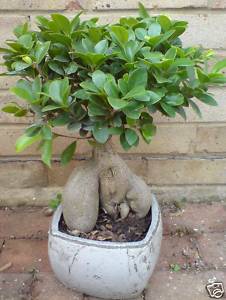
Here we are in February, just coming out of a hard, cold, black winter. I don't know about you but I am longing for some sunshine. Roll on Springtime! This winter has been so depressing, so I make no apologies for looking ahead to those "hazy, lazy days of summer"
To that end, summer always puts me in mind of strawberries. They just go together somehow like peaches and cream. So I threw this article together in the hope that it will raise your spirits and get you looking forwards to those halcyon summer days.

The origin of the name strawberry is up for argument. In old
Saxon, the word was streawberige or streowberrie and was so named,
says one authority, "from the straw-like stems of the plant, or from
the berries lying strewn upon the ground." Another authority tells us:
"It is an old English practice "to lay straw between the rows to preserve the fruit from rotting on the wet ground, from which the name has been supposed to be derived.
More likely it is to do with the wandering habit of the plant, "straw" being a corruption of the Anglo-Saxon "strae", from which we have the English verb "stray."
Again it is said that in the good old days, children strung the berries on straws for sale, hence the name.
History lesson and speculation over. What is a surprise is to learn that strictly speaking, the small seeds scattered over the surface of the berry ARE the fruit, and it is to perfect these seeds that the plants blossom, the stamens scatter, and the pistils receive the pollen on the convex receptacle, which, as the seeds ripen, greatly enlarges, and becomes the pulpy and delicious mass that is popularly
regarded as the fruit. So far from being the fruit, it is only the much altered end of the stem that sustains the fruit or seeds.
Ok, so let's look first of all at soil preparation for growing these little beauties.
It is accepted that the very best soil and the one adapted to the largest number of varieties, is a deep sandy loam, moist, but not wet in its natural state.
The earth should be properly deepened and fertilised and the ground chosen away from shaded areas. Strawberries will not thrive in ground exhausted by roots and covered by the shade of trees.
So position is important. Placing early season varieties on warm, sunny slopes, and late season varieties on moist, heavy land, and cool, northern exposures, the season of this delicious fruit will be prolonged greatly.

No comments:
Post a Comment